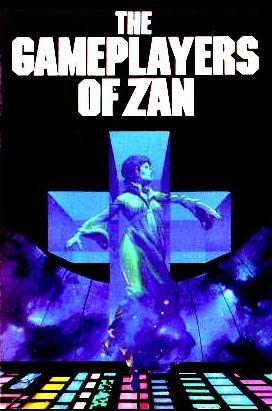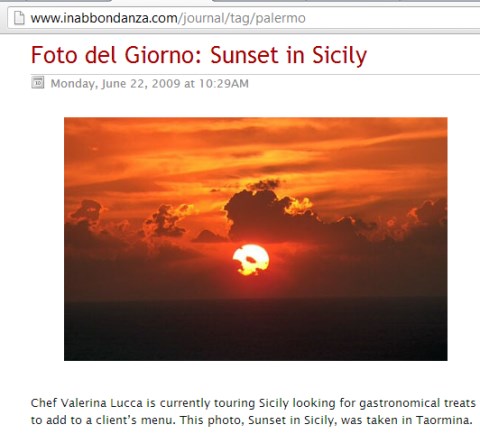Remember the Sabbath Day
Wikipedia states that painter R.B. Kitaj (see previous references) was the model for the protagonist of the Philip Roth novel Sabbath's Theater.
A Google search shows that the article (no longer online) on Kitaj cited as a source by Wikipedia does indeed make this claim–
In-Your-Face Outsider | Jerusalem Report | Jerusalem Post
By MATT NESVISKY … not least, Philip Roth, who modeled
the protagonist of the 1995 novel "Sabbath's Theater" largely after Kitaj. …
www.jpost.com/servlet/Satellite?apage=2&cid=1192380767901…
The rest of Nesvisky's article may or may not support his claim. It is available by subscribing to HighBeam.
Related material–
The New York Times on Oct. 24, 2007–
|
By MARTHA SCHWENDENER
R. B. Kitaj was an American artist who became influential in Britain with figurative and Pop Art paintings that ran against the grain of 1960s and ’70s abstraction.
By ROBERTA SMITH
Ileana Sonnabend’s eye, shrewdness and lasting alliance with her first husband, Leo Castelli, made her one of the most formidable contemporary art dealers of her time.
|
"Sonnabend" means "Saturday" in German.
Some say the Sabbath is Saturday, others say Sunday.
Here is the Log24 entry for the day that
Kitaj and Sonnabend died– a Sunday—
|
10:31 AM
Halloween
Meditations
continued from
October 31, 2005

From The Gameplayers of Zan
“The Game in the Ship cannot be approached as a job, a vocation, a career, or a recreation. To the contrary, it is Life and Death itself at work there. In the Inner Game, we call the Game Dhum Welur, the Mind of God. And that Mind is a terrible mind, that one may not face directly and remain whole. Some of the forerunners guessed it long ago– first the Hebrews far back in time, others along the way, and they wisely left it alone, left the Arcana alone.”
|
The New York Times on Sonnabend:
… Also talked about was the Sonnabend 1991 show of Jeff Koons’s “Made in Heaven” series of paintings and sculptures that showed the artist engaged in sexual acts with his wife, Ilona Staller.
Mrs. Sonnabend was variously described as “an iron marshmallow” and “a cross between Buddha and Machiavelli.” Short and plump, she was grandmotherly in appearance from a relatively early age due in part to an illness that necessitated a wig.
Her genteel, old Europe manner belied an often imperious yet bohemian and self-deprecating personality. Her soft, fluty voice often left a listener unprepared for the force of her comments, which she could deliver in at least five languages.
Happy Women's History Month.













